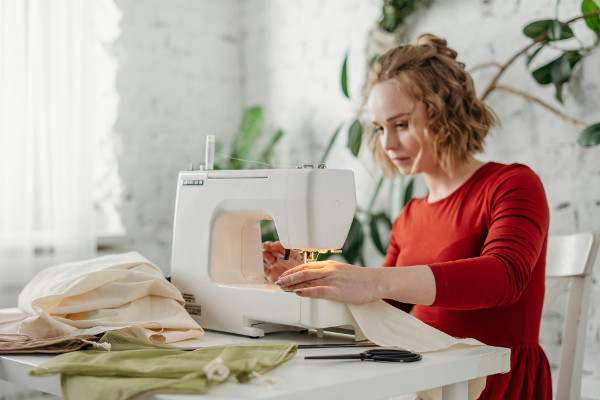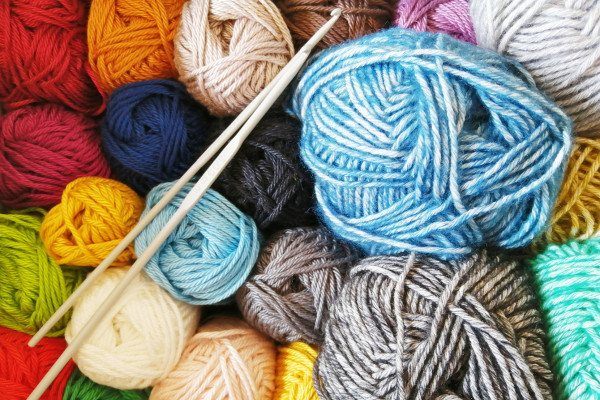How to Learn Flower Arranging for Beginners: Top Tips, Methods and Materials for Beautiful Floral Design and Arrangement
Flower arranging for beginners can feel a bit overwhelming at first, but it’s truly a rewarding and creative way to bring nature’s beauty indoors. Whether you’re looking to brighten your home or create thoughtful gifts, understanding the basics makes all the difference. From choosing the right flowers to simple techniques that make arrangements last longer, this guide answers the 15 most common questions newcomers ask. Let’s explore the joyful art of flower arranging together.
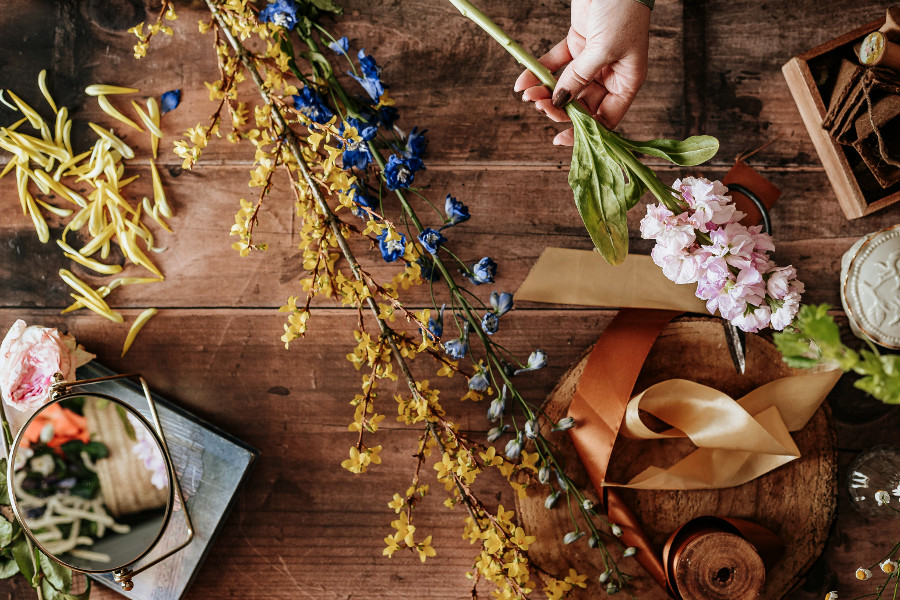
1. What are the basic tools needed for flower arranging?
Flower arranging for beginners starts with a handful of simple tools. A good pair of sharp scissors or garden shears is essential to cut stems cleanly without crushing them. Some floral tape or wire helps hold arrangements together when needed. You’ll also want a vase or container, and possibly floral foam if you want extra support for your flowers. Keeping a bucket of water nearby lets you keep your blooms fresh as you work. Finally, a spray bottle can be handy for misting your flowers to keep them lively. These basics form the foundation of a pleasant flower arranging experience.
2. How do I choose the right flowers for beginners?
Choosing flowers as a beginner is all about simplicity and durability. It’s best to pick blooms that can handle a little handling and last for days. Think carnations, daisies, or chrysanthemums – these flowers are hardy and forgiving. Seasonal flowers tend to be fresher and easier to find, so they’re a good bet. Avoid delicate or very short-stemmed flowers until you gain confidence. Picking flowers with strong stems helps keep your arrangement neat and makes arranging easier. Starting simple means you can focus on learning without worrying about flowers wilting too fast.
3. What is the easiest flower arrangement style for beginners?
If you’re just starting out, the easiest way to arrange flowers is by making a hand-tied bouquet. This style is informal and natural – you simply gather flowers in your hand and arrange them loosely without worrying too much about rules. It’s forgiving and flexible, so you can experiment with different flowers and shapes. You don’t need floral foam or complicated tools, just your flowers and a bit of creativity. This type of arrangement looks charming and works perfectly as a gift or a simple vase display. It’s a great way to get comfortable with flower arranging.
For beginners who want to learn about floral design and arrangement, there is a great post on Reddit with lots of useful links to resources. It's called Resources for Learning Floral Design?. Check out the comments for recommendations. Skillshare and Udemy offer a wide range of floral design courses, as well, and don't forget about related Youtube channels.
4. How do I make my floral arrangements last longer?
Making your flower arrangements last longer comes down to a few simple habits. Always cut the stems at a slant under running water before placing them in a vase – this helps them drink more easily. Remove any leaves that would sit below the waterline to avoid bacteria growing in the water. Use fresh, clean water and change it every couple of days. Flower food, often included when you buy flowers, is a great boost. Keep your arrangement away from direct sunlight and heat, and mist the petals lightly to keep them hydrated. Little steps like these keep your flowers fresher, longer.
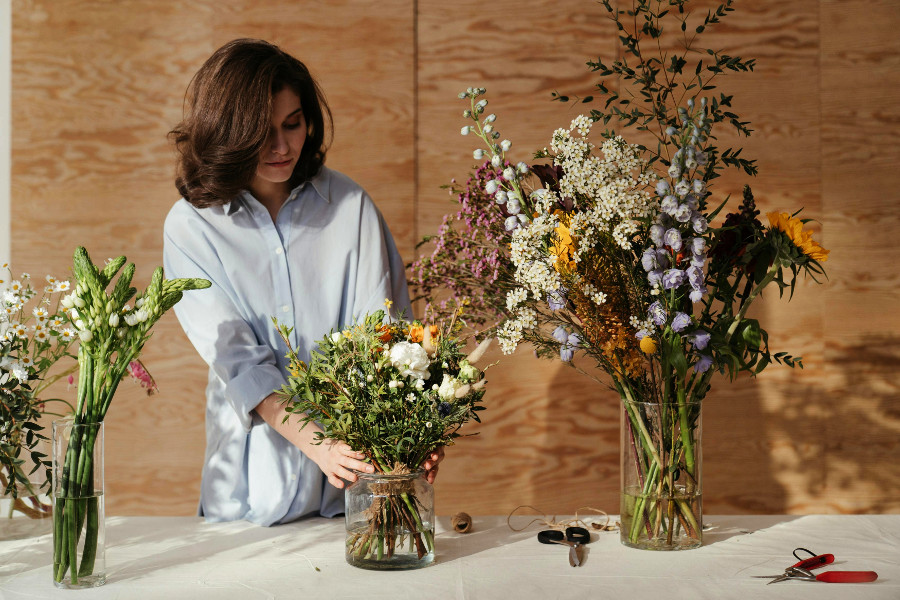
5. What are some simple flower arranging techniques for beginners?
Simple techniques make flower arranging much more enjoyable when you’re starting out. One helpful method is to imagine your flowers forming a triangle – this creates a natural and balanced shape. Use odd numbers of flowers, as this tends to look more pleasing to the eye. Start with your biggest, most eye-catching flowers in the center, then fill in around them with smaller blooms and greenery. Vary the height of your stems for depth, and keep the arrangement loose rather than crowded. Practice by holding the flowers in your hand first to test how they look before putting them in the vase.
6. How do I arrange flowers in a vase properly?
Arranging flowers in a vase properly is about balance and care. First, choose a vase that fits the length of your stems – ideally, the vase should be about two-thirds the height of the flowers. Fill it with fresh water and add flower food if you have it. Start by placing greenery to form a base and give your arrangement shape. Then, add the main flowers evenly spaced to create focal points. Fill any gaps with smaller flowers or leaves. Cutting the stems at an angle helps them absorb water better, and trimming different stem lengths adds dimension. Rotate the vase as you arrange to make sure it looks good from all sides.
7. What flowers are best for beginner flower arrangements?
For beginners, it’s smart to choose flowers that are forgiving and sturdy. Carnations are a top choice – they’re affordable, come in many colors, and last well. Chrysanthemums and alstroemeria are also great because they handle handling and last a long time. Daisies and sunflowers bring brightness and cheer without fuss. It’s better to avoid fragile flowers like tulips or peonies at first, since they can be delicate and tricky to work with. Pair your flowers with some simple greenery like eucalyptus or ferns to add texture and fullness without complicating things.
8. How do I create a balanced floral arrangement?
Balance in flower arranging is about making sure your design feels even and harmonious. One way to do this is by imagining your arrangement divided into thirds – top, middle, and bottom – and placing flowers to fill these sections thoughtfully. Mix different flower sizes and shapes so things don’t look flat or boring. Use focal flowers to catch the eye, then fill around them with smaller blooms and leaves. Whether you choose a symmetrical or asymmetrical look, avoid clumping too many flowers on one side. Step back often to see how it looks from a distance and adjust as needed.
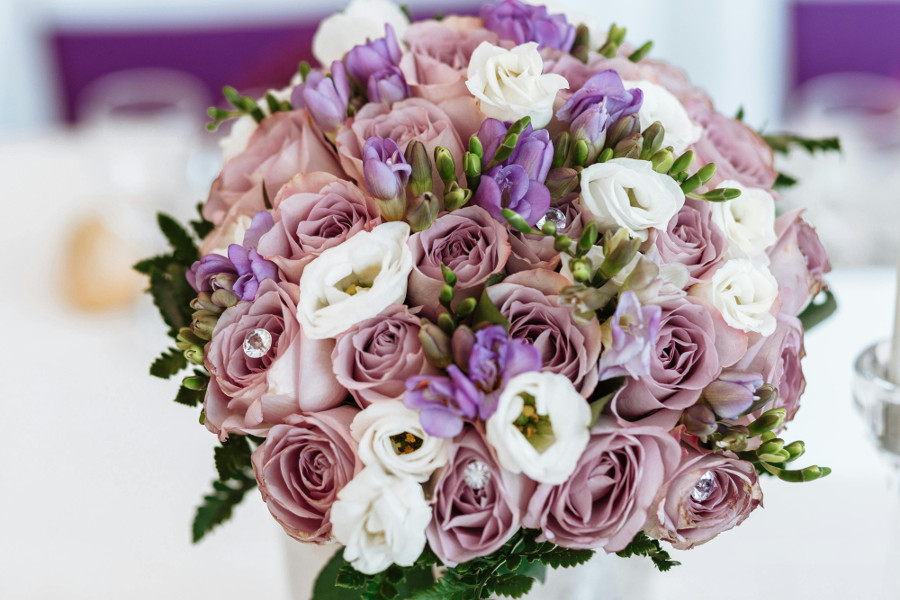
9. Can I use artificial flowers for beginner arrangements?
Absolutely, artificial flowers are an excellent option for beginners. They let you practice arranging without worrying about wilting or water care. You can try out different shapes, colors, and styles repeatedly until you find what you like. While they don’t have the natural scent or delicate feel of real flowers, artificial blooms are low maintenance and long-lasting. They’re especially useful if you want to create decorations that last or learn the basics before moving on to fresh flowers. Just remember to keep them dusted and handle them gently to maintain their look.
10. How do I care for cut flowers in arrangements?
Caring for cut flowers is simple but important to keep them looking fresh. Start by placing them in clean water, changing the water every couple of days. Trim the stems at an angle before putting them in the vase, and remove any leaves below the waterline to prevent bacteria growth. Use flower food if you have it, or a mix of sugar and a tiny bit of bleach as a home remedy. Keep your flowers out of direct sunlight, away from heat, and drafts. Misting the petals gently helps keep them hydrated. Remove any wilted flowers promptly to keep the arrangement fresh.
11. What is the best way to cut flowers for arranging?
The best way to cut flowers is to use sharp scissors or garden shears and cut the stems at a 45-degree angle. This angled cut allows the flowers to absorb water more efficiently. If possible, cut the stems underwater or immediately place them in water to avoid air bubbles that can block water uptake. Remove any leaves that will sit under the water to keep it clean. Cutting flowers early in the morning or late evening when they’re naturally hydrated can also help them last longer in your arrangement.
12. How do I choose the right vase for my flower arrangement?
Choosing the right vase is about matching the size and style to your flowers. Tall flowers need a narrow-necked vase to support their stems and keep them standing tall. Short, bushy arrangements work well in wide or round vases. Clear glass vases show off stems and water, adding a natural feel, while ceramic or colored vases bring a decorative touch. Make sure your vase is clean and holds enough water to keep your flowers hydrated. A good rule is to pick a vase about two-thirds the height of your flowers for a balanced look.
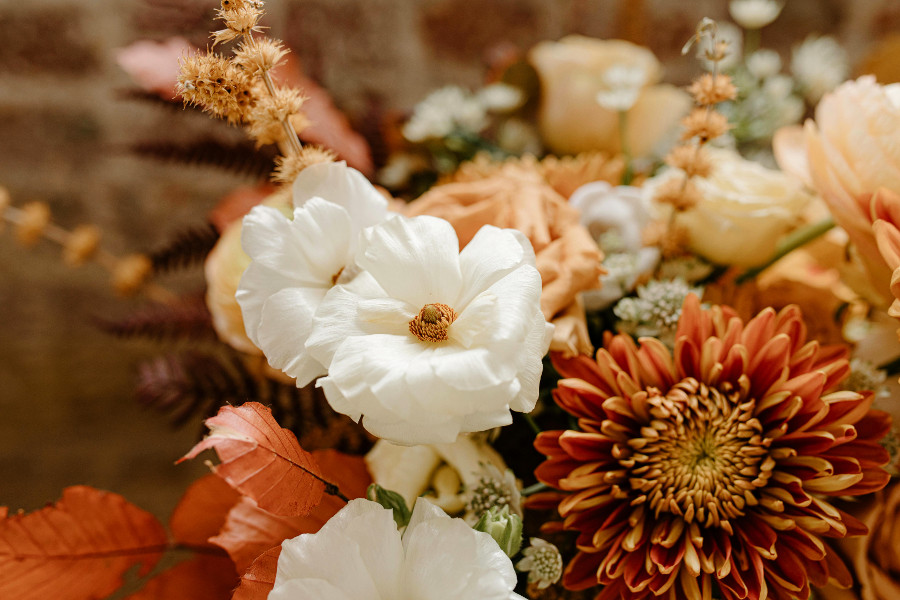
13. What colors work well together in flower arranging?
Colors can make or break your flower arrangement’s mood. Complementary colors like purple and yellow or red and green create striking contrasts that catch the eye. If you prefer something softer, analogous colors – those next to each other on the color wheel like pinks and reds – give a harmonious feel. Neutral shades like white and cream paired with greenery offer timeless elegance. For beginners, limiting yourself to two or three colors helps keep the arrangement cohesive and not overwhelming. Also, think about the season – spring calls for pastels, while autumn favors warm, rich tones.
14. How do I make a floral arrangement for a centerpiece?
Creating a centerpiece means keeping your arrangement low and inviting so guests can easily see each other across the table. Use a shallow vase or a container with floral foam for stability. Start by placing greenery as a base to build volume and shape. Add your focal flowers in the center and fill in with smaller blooms around them. Keep the height even and relatively low to maintain sightlines. Using odd numbers of flowers looks natural and pleasing. Choose colors that complement your table setting, and finish with delicate greenery to soften edges for a welcoming, lush centerpiece.
15. Are there any common mistakes to avoid in beginner flower arranging?
Many beginners make similar mistakes when arranging flowers. One is overcrowding the vase, which hides individual blooms and creates a cluttered look. Cutting all stems the same length or too short can flatten your design and remove dimension. Forgetting to remove leaves below the waterline invites bacteria that shorten flower life. Using a dirty vase is another common slip. Also, sticking to just one flower type can make arrangements dull – mixing textures and sizes adds interest. Lastly, rushing the process leads to poor placement; take your time, step back often, and enjoy the creative journey.
Good luck with your adventure in flower arrangements.

